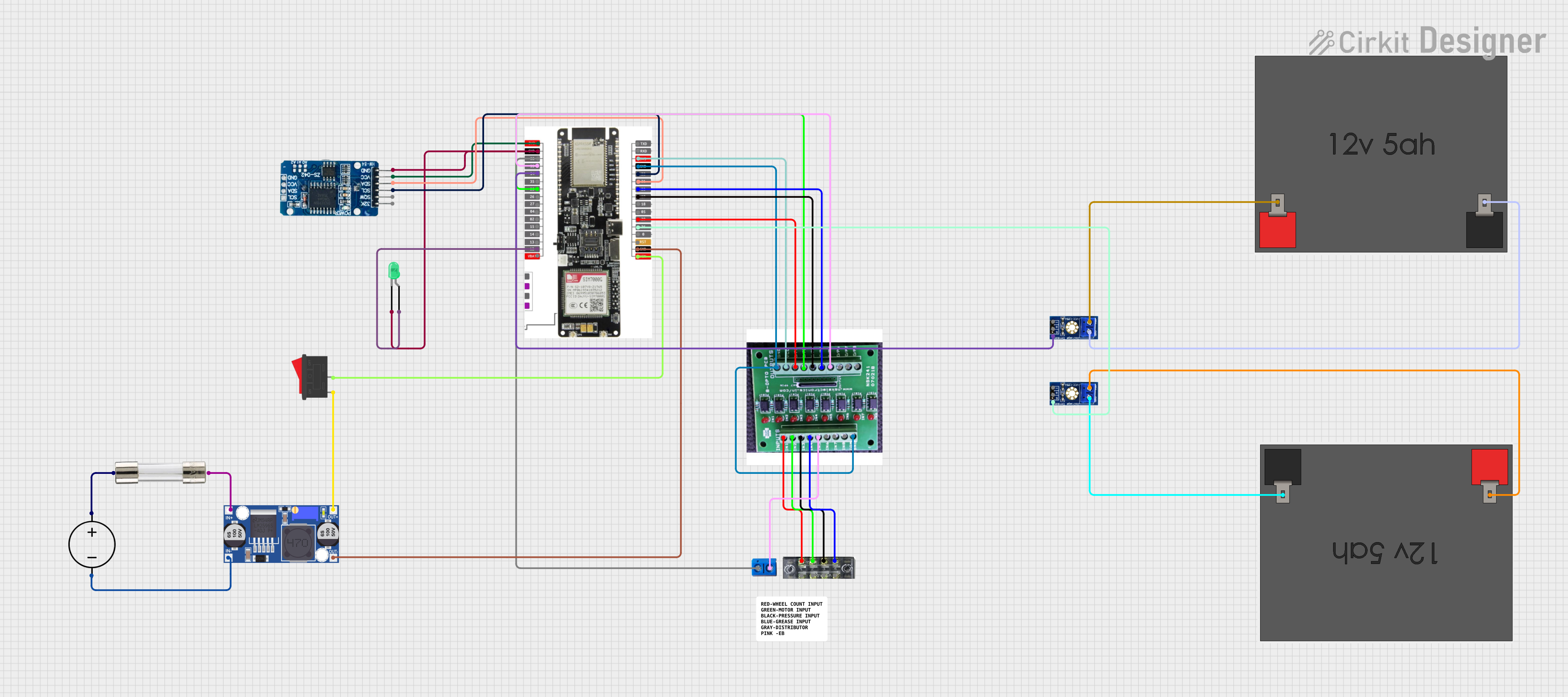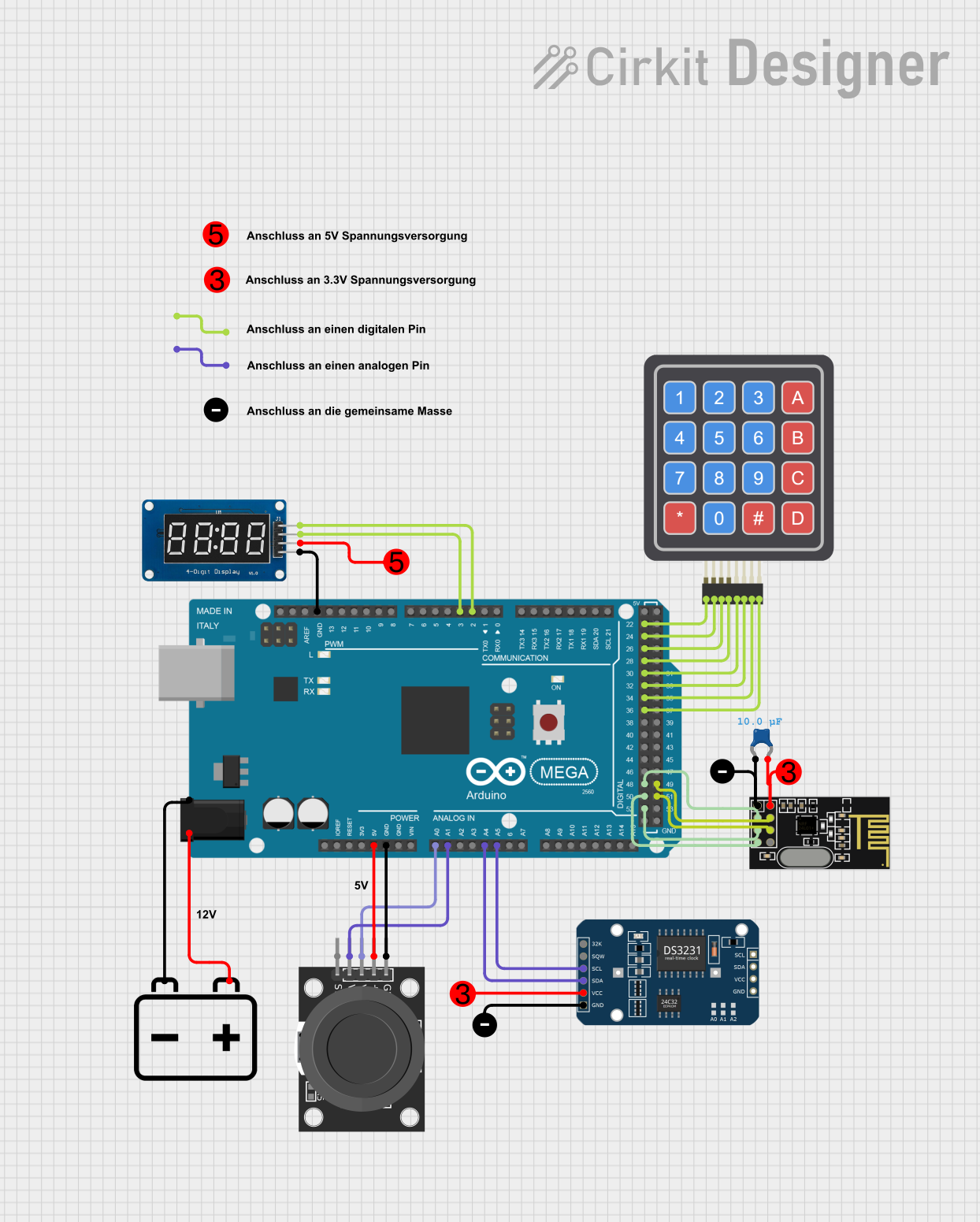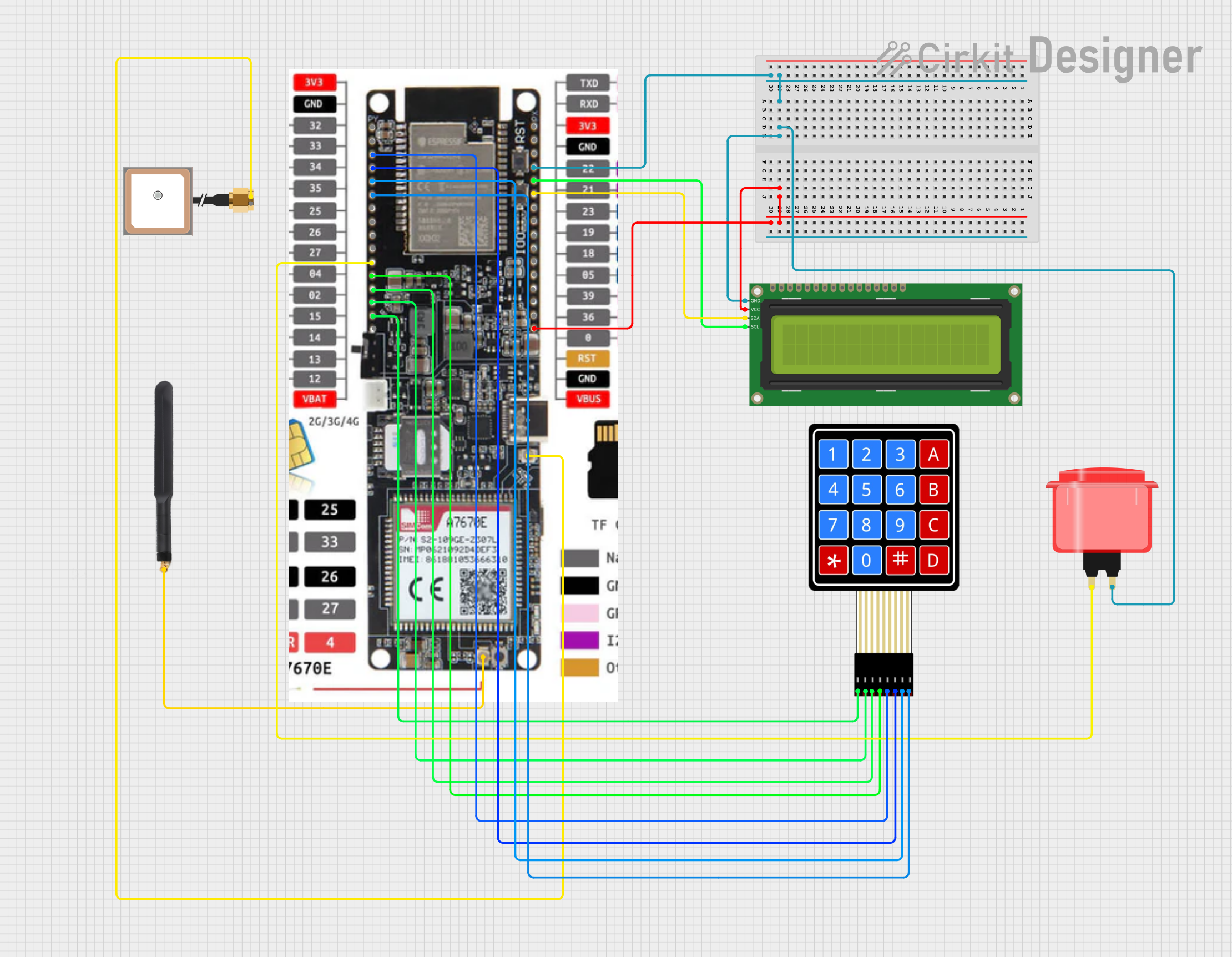
How to Use TGS2611-E00: Examples, Pinouts, and Specs

 Design with TGS2611-E00 in Cirkit Designer
Design with TGS2611-E00 in Cirkit DesignerIntroduction
The TGS2611-E00 is a gas sensor manufactured by FIGARO USA, INC. It is specifically designed to detect gases such as methane and propane. The sensor operates on the principle of conductivity change in its sensing element when exposed to target gases. This makes it a reliable and efficient solution for gas concentration detection in various applications.
Explore Projects Built with TGS2611-E00

 Open Project in Cirkit Designer
Open Project in Cirkit Designer
 Open Project in Cirkit Designer
Open Project in Cirkit Designer
 Open Project in Cirkit Designer
Open Project in Cirkit Designer
 Open Project in Cirkit Designer
Open Project in Cirkit DesignerExplore Projects Built with TGS2611-E00

 Open Project in Cirkit Designer
Open Project in Cirkit Designer
 Open Project in Cirkit Designer
Open Project in Cirkit Designer
 Open Project in Cirkit Designer
Open Project in Cirkit Designer
 Open Project in Cirkit Designer
Open Project in Cirkit DesignerCommon Applications and Use Cases
- Gas leak detection in residential and industrial environments
- Methane monitoring in HVAC systems
- Propane detection in portable gas appliances
- Safety systems for gas-powered equipment
- Environmental monitoring systems
Technical Specifications
The TGS2611-E00 is a robust and versatile gas sensor with the following key specifications:
| Parameter | Value |
|---|---|
| Target Gases | Methane, Propane |
| Operating Voltage (Heater) | 5.0V ± 0.2V |
| Operating Voltage (Circuit) | ≤ 24V |
| Heater Power Consumption | 350mW |
| Sensing Resistance (Rs) | 1kΩ to 10kΩ (in 5000 ppm methane) |
| Operating Temperature Range | -10°C to +50°C |
| Humidity Range | 30% to 95% RH (non-condensing) |
| Dimensions | 9.2mm (diameter) × 7.8mm (height) |
| Weight | Approx. 0.9g |
Pin Configuration and Descriptions
The TGS2611-E00 has a simple pin layout, as shown below:
| Pin Name | Description |
|---|---|
| Pin 1 | Heater (H1) - Connect to the positive terminal of the heater supply. |
| Pin 2 | Sensor Electrode (A) - Output signal pin. |
| Pin 3 | Sensor Electrode (B) - Ground reference for the sensor. |
| Pin 4 | Heater (H2) - Connect to the negative terminal of the heater supply. |
Usage Instructions
How to Use the TGS2611-E00 in a Circuit
- Power the Heater: Connect the heater pins (H1 and H2) to a 5V DC power supply. Ensure the supply is stable and within the specified voltage range.
- Connect the Sensor Electrodes:
- Pin A (Sensor Electrode) provides the output signal. Connect this pin to an analog input of a microcontroller or an ADC (Analog-to-Digital Converter).
- Pin B (Sensor Ground) should be connected to the ground of the circuit.
- Read the Output: The sensor's resistance (Rs) changes based on the concentration of the target gas. Use a voltage divider circuit to measure the output voltage and calculate the gas concentration.
Important Considerations and Best Practices
- Preheating: Allow the sensor to preheat for at least 24 hours before taking measurements for the first time. This ensures stable and accurate readings.
- Calibration: Calibrate the sensor in a known gas concentration environment to improve accuracy.
- Avoid Contamination: Keep the sensor away from silicone vapors, high humidity, and dust, as these can affect its performance.
- Ventilation: Ensure proper ventilation in the testing environment to avoid gas accumulation.
- Circuit Design: Use a pull-down resistor in the voltage divider circuit to stabilize the output signal.
Example Code for Arduino UNO
Below is an example of how to interface the TGS2611-E00 with an Arduino UNO to measure methane concentration:
// TGS2611-E00 Gas Sensor Example Code
// This code reads the analog output of the sensor and calculates the gas concentration.
const int sensorPin = A0; // Analog pin connected to the sensor output
const float RL = 10.0; // Load resistor value in kΩ
const float Vcc = 5.0; // Supply voltage in volts
void setup() {
Serial.begin(9600); // Initialize serial communication
Serial.println("TGS2611-E00 Gas Sensor Test");
}
void loop() {
int sensorValue = analogRead(sensorPin); // Read the analog value
float sensorVoltage = (sensorValue / 1023.0) * Vcc; // Convert to voltage
float Rs = (Vcc - sensorVoltage) / (sensorVoltage / RL); // Calculate Rs
// Print the sensor resistance and voltage
Serial.print("Sensor Voltage: ");
Serial.print(sensorVoltage);
Serial.println(" V");
Serial.print("Sensor Resistance (Rs): ");
Serial.print(Rs);
Serial.println(" kΩ");
delay(1000); // Wait for 1 second before the next reading
}
Troubleshooting and FAQs
Common Issues and Solutions
No Output Signal:
- Cause: Heater not powered or incorrect wiring.
- Solution: Verify the heater connections (H1 and H2) and ensure a stable 5V supply.
Unstable Readings:
- Cause: Insufficient preheating or environmental interference.
- Solution: Allow the sensor to preheat for 24 hours and ensure a clean testing environment.
Low Sensitivity:
- Cause: Sensor contamination or aging.
- Solution: Replace the sensor if it has been exposed to contaminants or has exceeded its lifespan.
High Power Consumption:
- Cause: Incorrect heater voltage.
- Solution: Ensure the heater voltage is within the specified range (5.0V ± 0.2V).
FAQs
Q1: Can the TGS2611-E00 detect gases other than methane and propane?
A1: While the sensor is optimized for methane and propane, it may respond to other combustible gases. However, its sensitivity and accuracy for non-target gases may vary.
Q2: How long does the sensor last?
A2: The typical lifespan of the TGS2611-E00 is over 5 years under normal operating conditions.
Q3: Can I use the sensor outdoors?
A3: The sensor can be used outdoors, but it must be protected from extreme humidity, water, and dust to maintain performance.
Q4: Is the sensor compatible with 3.3V systems?
A4: The heater requires a 5V supply, but the output signal can be interfaced with 3.3V systems using a voltage divider or level shifter.
By following this documentation, users can effectively integrate the TGS2611-E00 gas sensor into their projects and ensure reliable gas detection performance.